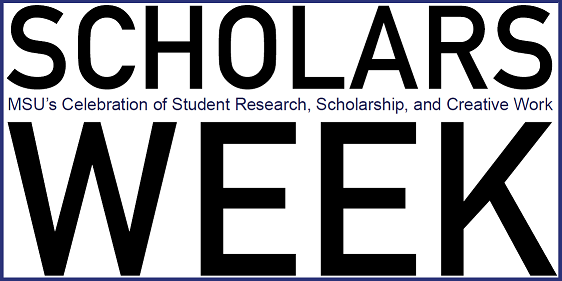
SNHP | Nurse Anesthesia DNP Project Presentations
Academic Level at Time of Presentation
Senior
Major
Nursing Anesthesia
List all Project Mentors & Advisor(s)
Dr Amy Cook; Dr. Kristina Tuttle; Dr. Nancy Armstrong
Presentation Format
Poster Presentation
Abstract/Description
Aim: To evaluate the effectiveness of using a standardized tool during patient handoff, addressing the lack of an organized structure for patient transfers and the risk of miscommunication. Poor communication is a leading cause of medical errors in the hospital and the transfer reports of postoperative patients in the post-anesthesia care unit are often inaccurate or incomplete (Milby, 2014; Salzwedel, 2012).
Design: A handoff tool was developed for anesthesia providers to use during postoperative patient transfers. Using descriptive statistics, the project evaluated subjective survey responses from registered nurses before and after the implementation of the tool. Perception of the tool’s success was based on questions that used a Likert scale of strongly agree, agree, neither agree nor disagree, disagree, or strongly disagree.
Methods: Nurses from the healthcare facility’s recovery unit voluntarily participated and data was collected through free, online, anonymous surveys on Google Forms. These surveys utilized a one-group pretest-posttest study design and were completed by 18 nurses, resulting in a total of 36 surveys.
Results: The survey results revealed that the nurses believed the tool improved communication and patient safety by reducing miscommunication and forgotten information during reports. The nurses experienced increased satisfaction with the report and felt that they spent less time clarifying miscommunications and asking for repetitions.
Conclusion: The findings highlighted the importance of structured handoff tools in enhancing teamwork and improving nurse satisfaction. Survey results supported the adoption of a standardized tool in patient handoff.
Impact: This tool ultimately fostered a more efficient and collaborative work environment. The nurses indicated that they felt this project created the potential for decreased medical errors and the increased safety of patients.
Reporting Method: SQUIRE guidelines provided a framework for reporting new knowledge about how to improve healthcare.
Keywords: “postoperative,” “patient,” “transfer,” “standardized tool,” “anesthesia provider,” “satisfaction,” and “registered nurse.”
Improving Recovery Nurses’ Satisfaction with Postoperative Transfer of the Anesthetized Patient with the Utilization of a Standardized Handoff Checklist
Aim: To evaluate the effectiveness of using a standardized tool during patient handoff, addressing the lack of an organized structure for patient transfers and the risk of miscommunication. Poor communication is a leading cause of medical errors in the hospital and the transfer reports of postoperative patients in the post-anesthesia care unit are often inaccurate or incomplete (Milby, 2014; Salzwedel, 2012).
Design: A handoff tool was developed for anesthesia providers to use during postoperative patient transfers. Using descriptive statistics, the project evaluated subjective survey responses from registered nurses before and after the implementation of the tool. Perception of the tool’s success was based on questions that used a Likert scale of strongly agree, agree, neither agree nor disagree, disagree, or strongly disagree.
Methods: Nurses from the healthcare facility’s recovery unit voluntarily participated and data was collected through free, online, anonymous surveys on Google Forms. These surveys utilized a one-group pretest-posttest study design and were completed by 18 nurses, resulting in a total of 36 surveys.
Results: The survey results revealed that the nurses believed the tool improved communication and patient safety by reducing miscommunication and forgotten information during reports. The nurses experienced increased satisfaction with the report and felt that they spent less time clarifying miscommunications and asking for repetitions.
Conclusion: The findings highlighted the importance of structured handoff tools in enhancing teamwork and improving nurse satisfaction. Survey results supported the adoption of a standardized tool in patient handoff.
Impact: This tool ultimately fostered a more efficient and collaborative work environment. The nurses indicated that they felt this project created the potential for decreased medical errors and the increased safety of patients.
Reporting Method: SQUIRE guidelines provided a framework for reporting new knowledge about how to improve healthcare.
Keywords: “postoperative,” “patient,” “transfer,” “standardized tool,” “anesthesia provider,” “satisfaction,” and “registered nurse.”

